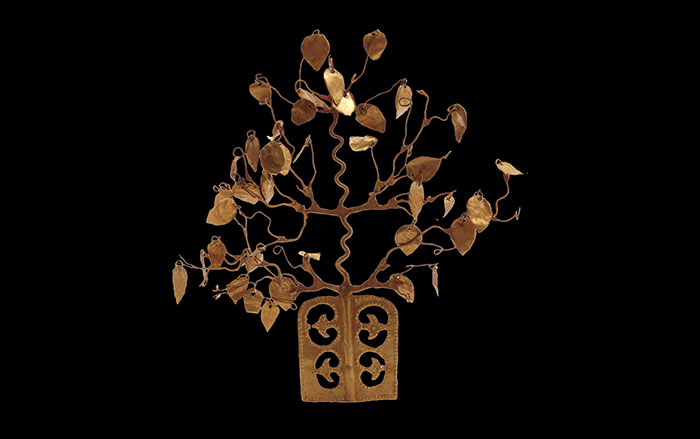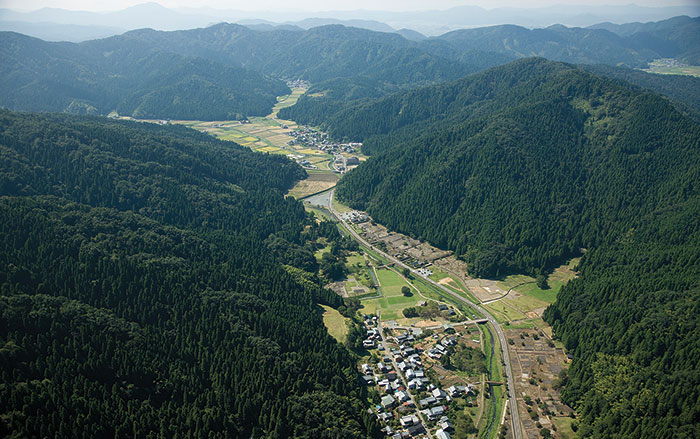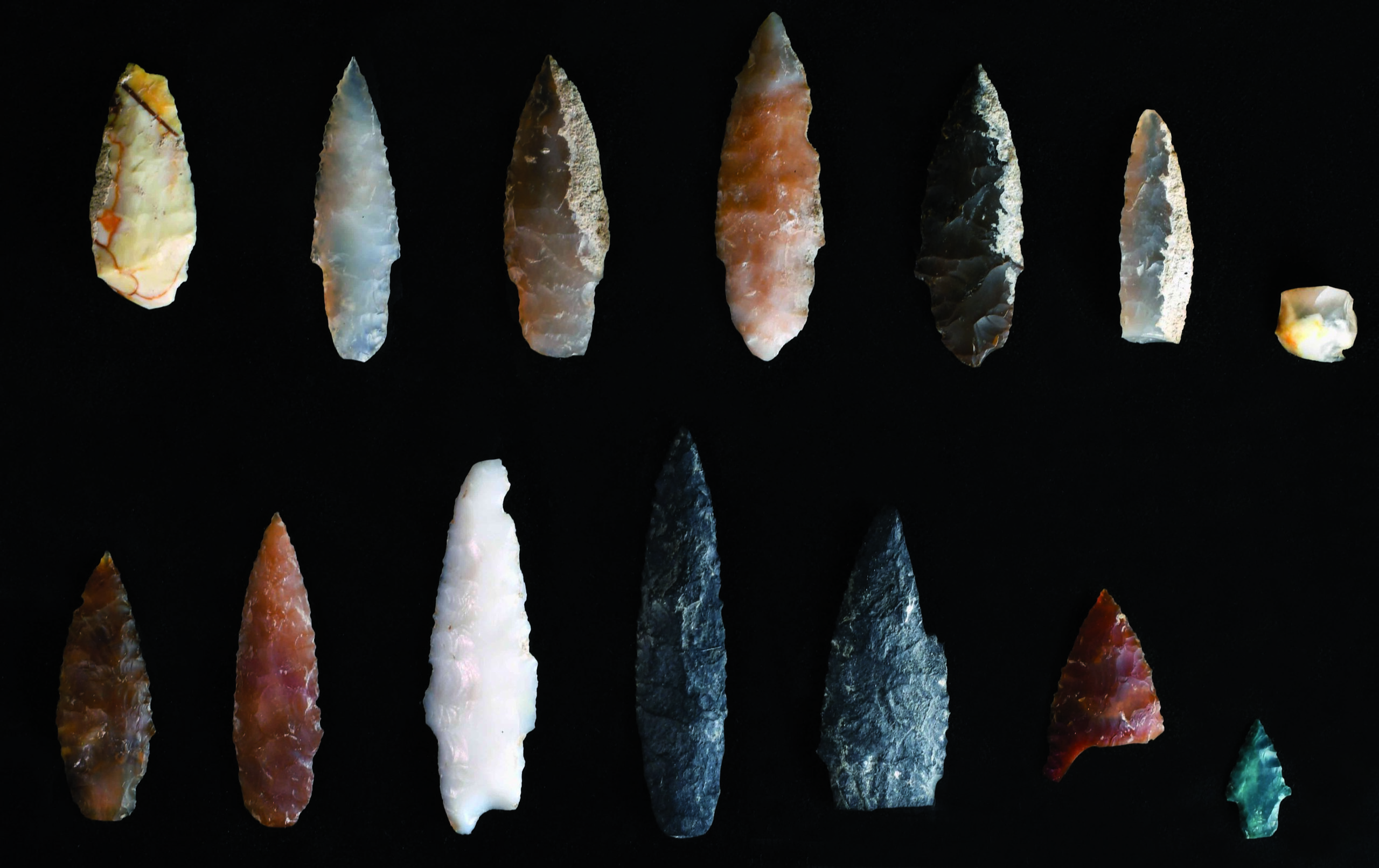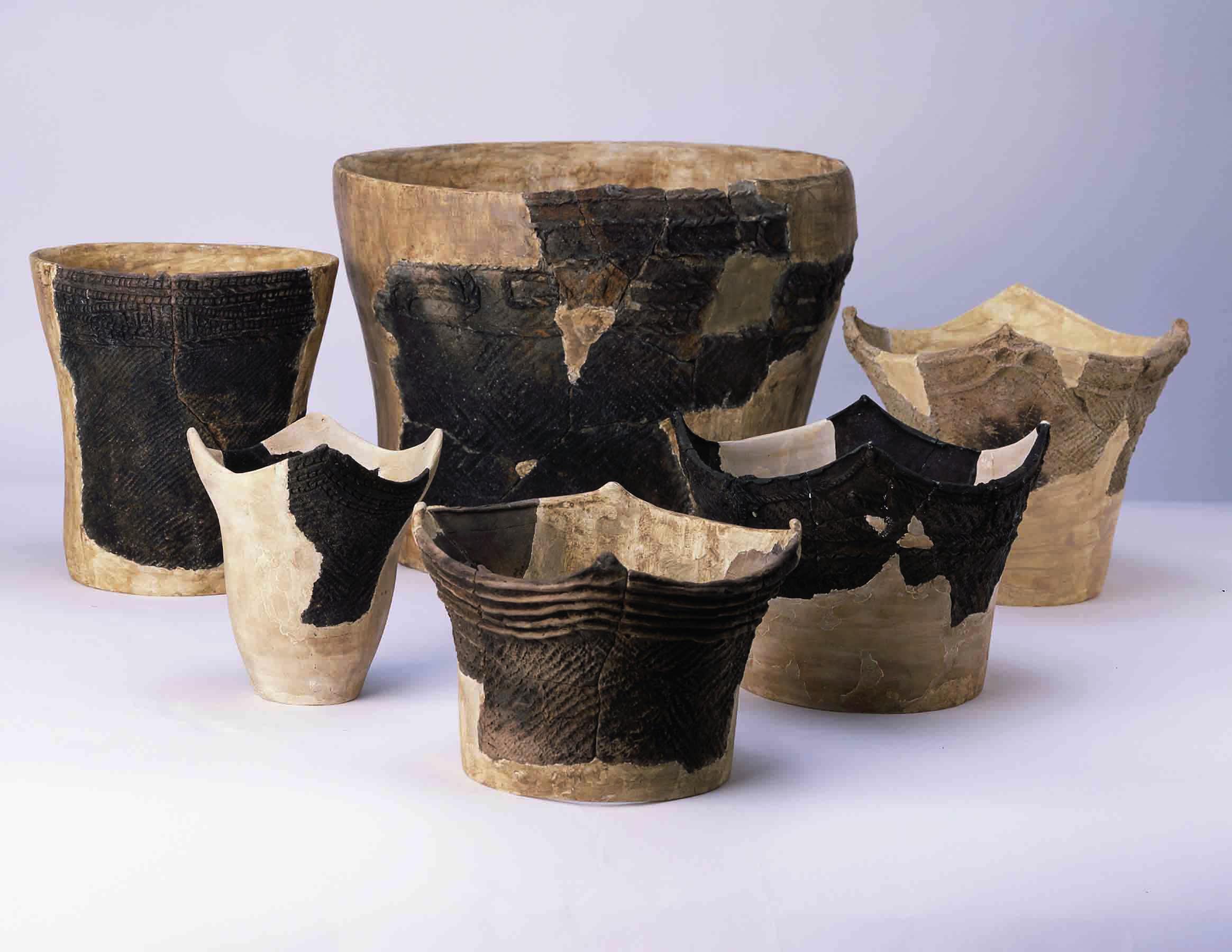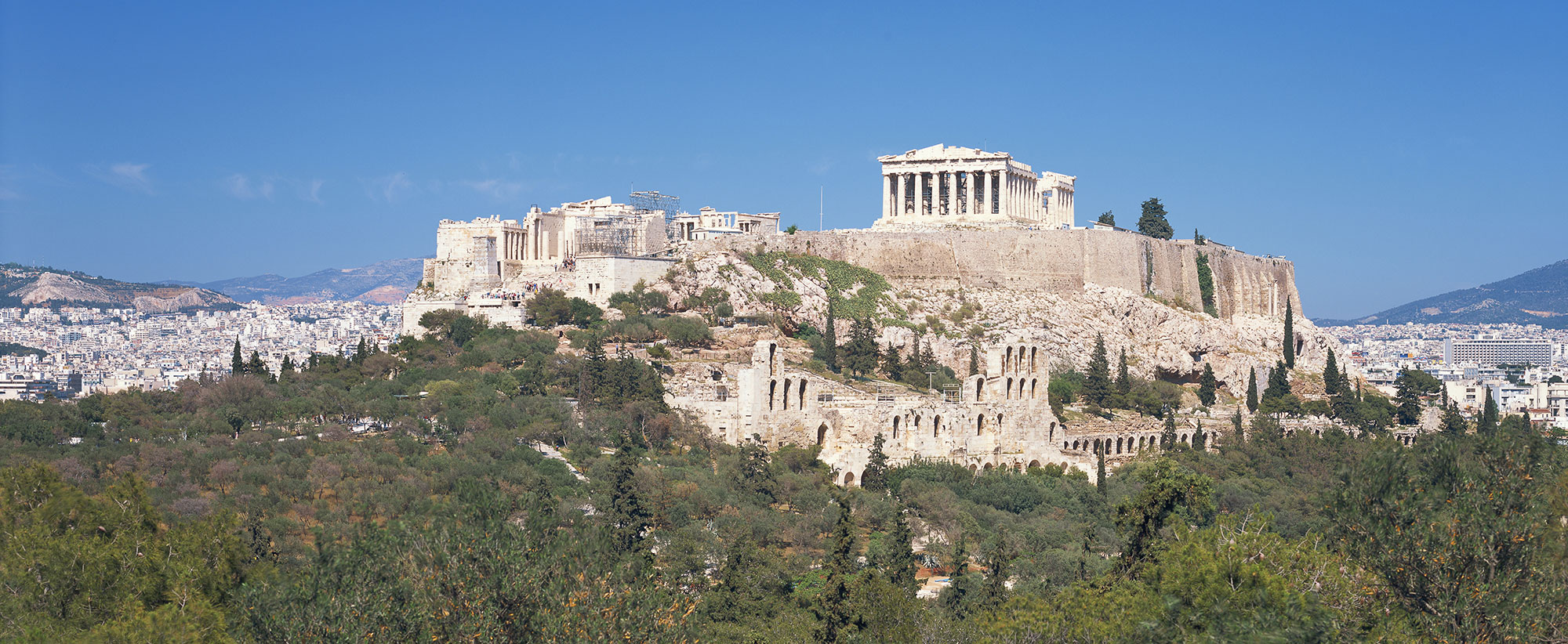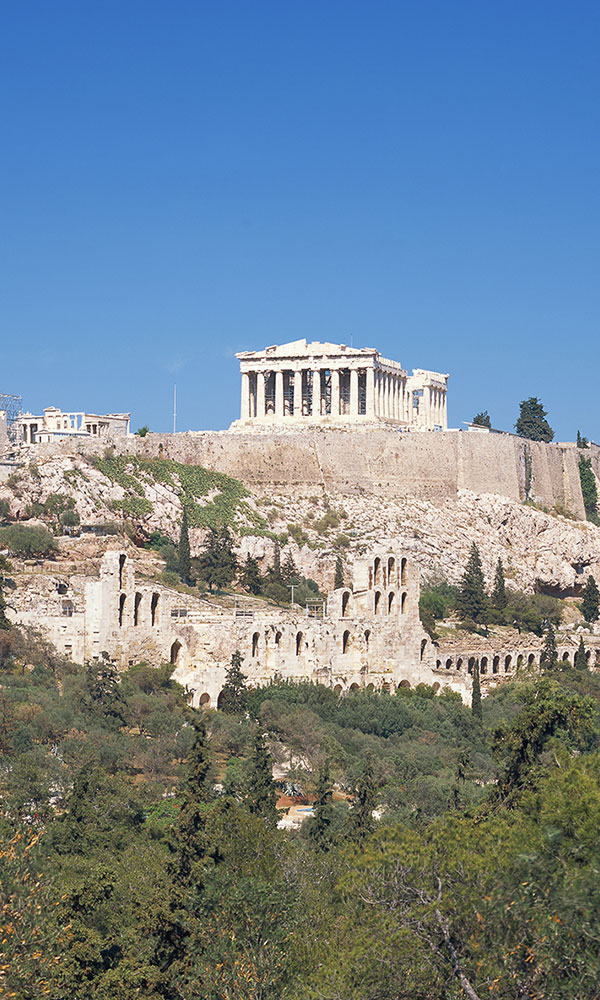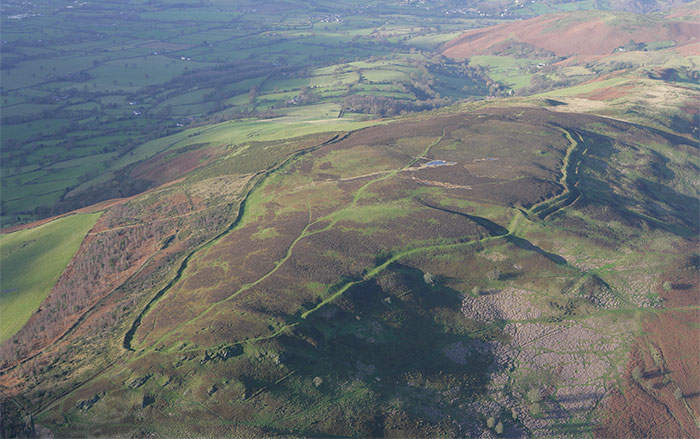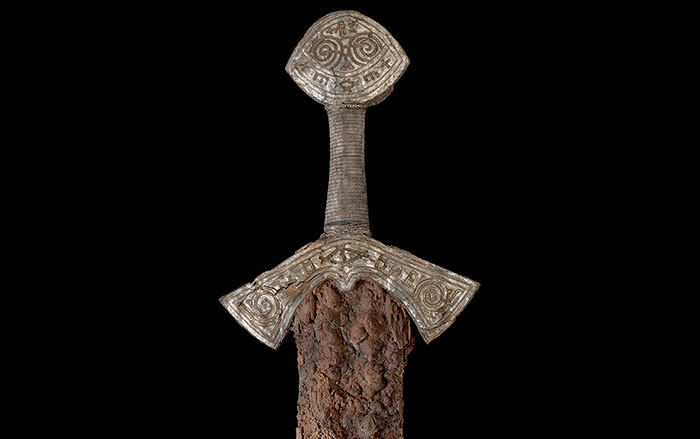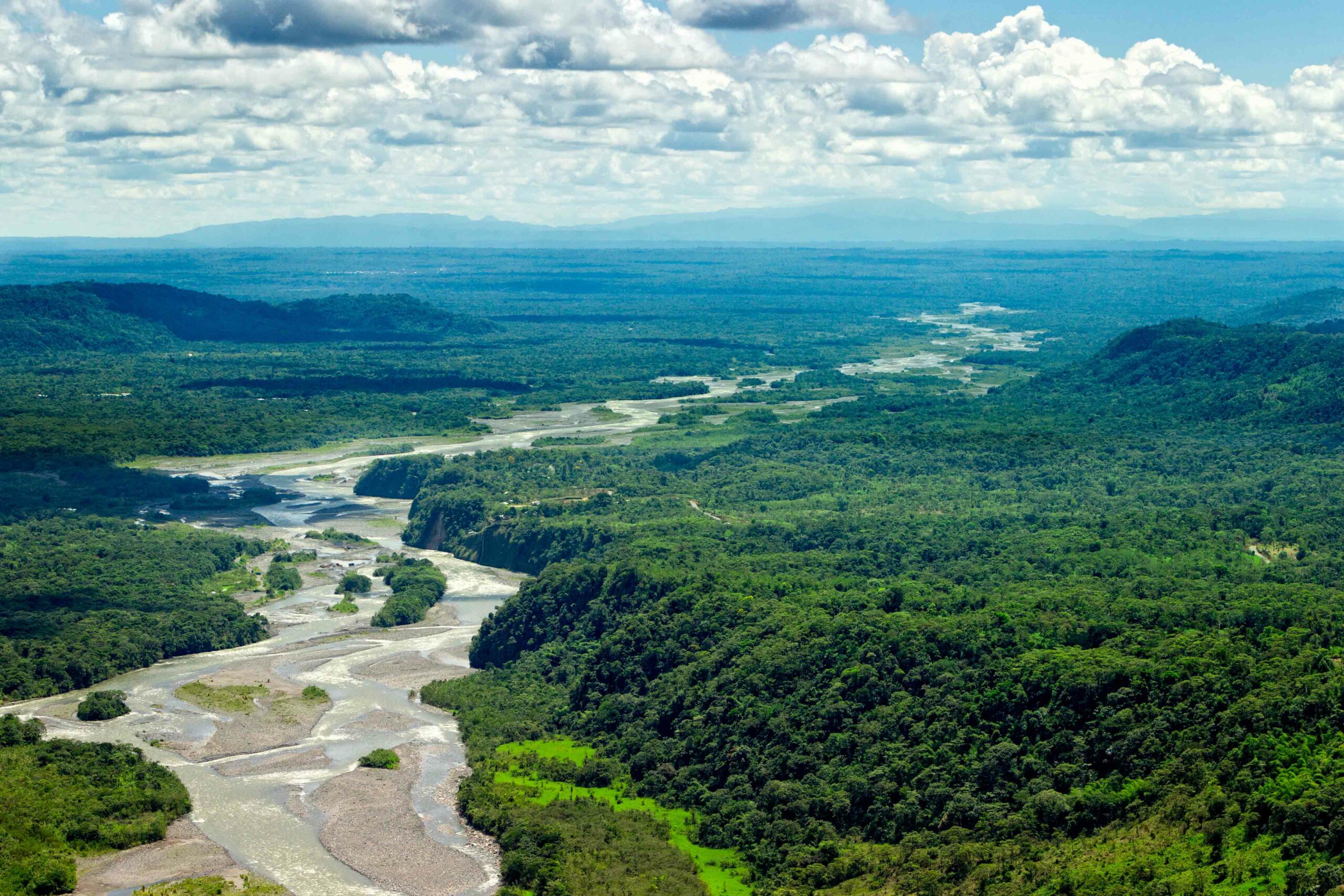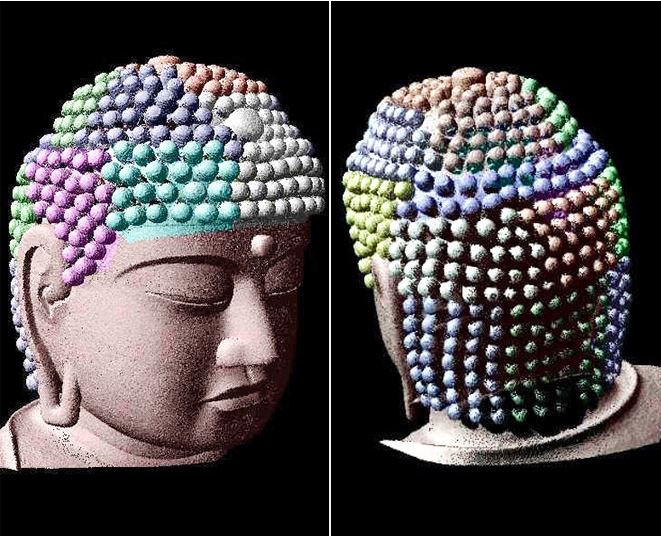
NARA, JAPAN—Takeshi Oishi of the University of Tokyo’s Institute of Industrial Science led a team that used laser technology to create a 3-D map of the colossal Great Buddha statue in Nara’s Todaiji Temple. A document dating to the Heian Period, between A.D. 794 and 1185, records that 966 rahotsu, the ball-like curls on the statue’s head, had been produced for the statue when it was completed in A.D. 752. Temple officials had not been able to count the statue’s actual curls, which are used as a symbol of enlightenment, because the ornaments behind the seated statue’s head blocked the view. But the use of lasers helped the researchers to determine that the Buddha had been adorned with just 492 curls, and nine of those had fallen off. “This is something we could even call ‘cyber archaeology,’” Oishi told The Asahi Shimbun. “We believe the technology can be applied in various fields.” To read about the Buddha's birthplace, one of the Top Discoveries of 2014, go to "Buddhism, in the Beginning."


